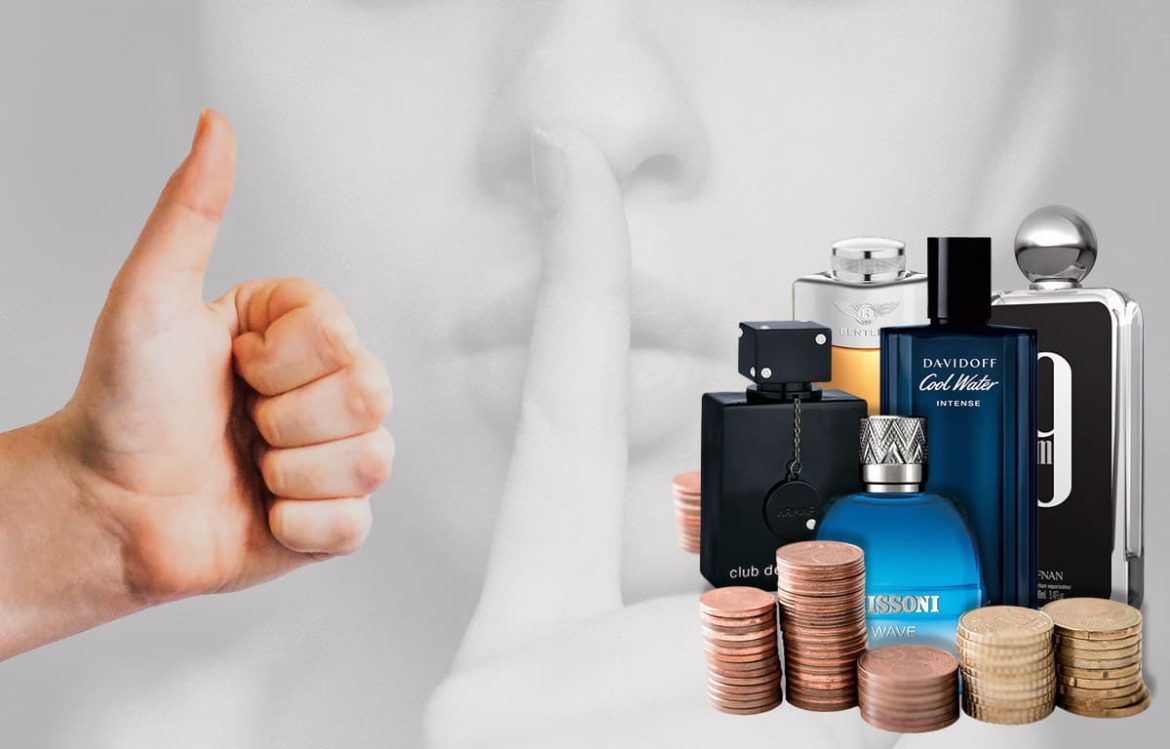The art of attraction is often associated with physical appearance, charm, or charisma. However, beneath the surface of these obvious factors lies a more primal and subconscious determinant – chemistry. More specifically, this refers to the role of pheromones in human attraction. These invisible chemical signals are secreted by our bodies and can subliminally influence how we perceive others around us.
Pheromones have been scientifically proven to play a significant role in animal behavior for mating and territory marking. In humans though, their effect is less understood but still considered influential in interpersonal interactions. They are released from various parts of the body such as skin, sweat glands, saliva and urine; each person having a unique ‘Does pheromone cologne really work? signature’. This signature acts like an olfactory fingerprint that can trigger distinct responses from those who encounter it.
For years cologne has been used as a tool to enhance one’s appeal but what if we could do more than just smell good? What if we could tap into the power of pheromones to amplify our natural allure? The idea might sound like something out of science fiction but it’s rapidly becoming reality thanks to advancements in research on human pheromones.
There are products available today that claim to contain synthesized human pheromones designed to increase attractiveness or promote certain behaviors in others. These products range from perfumes and colognes to lotions and oils. While some skeptics question their efficacy due to lack of concrete scientific evidence supporting these claims, many users swear by their effectiveness.
On one hand there are studies suggesting that people find faces more attractive when they’re paired with pleasant smells which indicates that scent plays a crucial role in physical attractiveness. On the other hand there’s also research showing that women’s preferences for men’s body odor is strongly influenced by genetic compatibility; hence suggesting potential influence of pheromones on mate selection.
Furthermore it has been observed that babies can recognize their mothers by scent and women living together often find their menstrual cycles synchronizing, both phenomena potentially explained by the action of pheromones.
While more research is needed to fully understand the role of human pheromones in attraction, it’s undeniable that they play a part in our social interactions. The potential to harness these natural chemical signals offers an exciting frontier for personal care products.
In conclusion, wearing chemistry goes beyond merely smelling good; it taps into our primal instincts and subconscious perceptions. It’s about enhancing one’s unique ‘pheromone signature’ that can subtly influence how others perceive us. So next time you reach for your favorite cologne, consider the invisible power of pheromones and how they might give you a distinct advantage in the game of attraction.




